A Few Days in Buenos Aires
Our first full day in Buenos Aires (pronounced “BWEH-no SIGH-deez”) was a day of errands. It was so nice going to the lavadero and picking up our clothes, clean and folded pretty and wrapped in a plastic bag, but not so nice to discover that the secret US$100 that Gog left in one of his pockets was gone. We went back to talk to the lady who did our laundry, but of course, she played dumb.
After Gog got ripped off, it was my turn. I had a bunch of Brazilian Reals left over, so we went to the currency exchange place near the hotel recommended by the receptionist. I walked in, pulled my pants down, bent over, and took it like a champ. They really screwed us with the exchange rate, but we tried not to worry about it. We had a whole city to explore.
The original translation of Buenos Aires is “fair winds,” and that certainly applies. The weather has been absolutely perfect, with a warm sun and gentle breeze during the day and pleasantly cool evenings. A refreshing change from the oppressive heat up north.
We’d spend afternoons sitting at an outdoor cafe, camped out under an umbrella, watching locals, tourists, pigeons, and stray dogs eat sandwiches, sip coffee, smoke cigarettes, and enjoy live accordion music. There’s definitely a European vibe here. The cafes and restaurants are reminiscent of Paris, and the people of BA definitely have a thinner, lighter-skinned, Italian look. We blend in more here than we did in Puerto Iguazú or in Brazil.
The women of Argentina are nothing special. Most are average-looking and lack the curiosity and friendliness that women had in Brazil. They don’t make eye contact, and they seem self-conscious just like the women back home. The three best-looking women that Gog and I have seen turned out to be tourists from Brazil. Tati was right, Brazilian women are better.
Most of the Spanish I’m hearing is familiar, although it seems to have a bit of an Italian swing to it here. Gog’s been handling the bulk of the communication with locals. The funny thing is that when Gog doesn’t understand, locals don’t slow it down. They just repeat themselves at the same speed and volume.
Gog’s teaching me lots of little tricks and inflections. Dropping the S’s in casual conversation (“esta bien” becomes “ta bien,” “buenos dias” becomes “bueno dia”), and pronounce your initial V’s like B’s (“vominos” is pronounced “bominos, “veinte” is pronounced “beinte”). And I’ve been picking up a little vocabulary:
“wiki” : “whiskey”
“tah-KEE-no” : “bacon”
“moo-ee deh-LISS-ee-oh-so” : “very delicious”
“the-nada” : the casual way they say “thank you”
¡Estoy vomitando! : “I am vomiting!”
Apparently, pronunciation has to be bang on. With a cab driver, I went through three different iterations of Paraná, the name of a street in Buenos Aires, and he stared at me cluelessly. When I finally nailed it (“pah-dah-NAH”), he looked at me disapprovingly and grunted before hitting the gas.
La Biela, one of the cafes near our hotel, became our regular brunch spot and a great place to people-watch. It was at La Biela where I discovered golf sauce (mayo and ketchup mixed together) and had my first submarino, a glass of hot milk with a melting stick of dark chocolate in it. One swirl, and the milk turns into a more conventional-looking hot chocolate. They really enjoy their ham and cheese sandwiches here, and for dessert, you’ll probably have something with dulce de leche. And when you order water, you have to specify “sin gas” or “con gas.”
In general, we’re been going to the top-rated restaurants in our travel guides and on TripAdvisor, and the food has been amazing. We’ve been eating a lot of steak (Gog mooed in his sleep last night). It’s everywhere, and it’s cheap. You’re going to eat lots of meat in Argentina, and there’s not much you can do about it.
The meat is almost always served with potatoes, and there are hardly any other veggies. I’m craving a plate full of cheesy broccoli and cauliflower, but it’s nowhere to be found. Salads are usually served without dressing. They’ll sometimes give you little bottles of oil and vinegar, but that’s it. How about a little Ranch dressing?
Many restaurants will put a “cover charge” on your bill, even when there’s no performance of any sort. Don’t really understand that. Service is generally pretty good, with hosts and waiters tolerating our English and broken Spanish.
Gog and I resisted the temptation to explore BA on scooters, mostly due to the crazy local drivers. Lane markers are a formality, headlights at night are optional, and many of the grid-like intersections don’t have stop signs or traffic lights. The only courtesy that drivers extend to each other, it seems, is flicking their brights a few times instead of laying on the horn when someone is in their way. How nice.
Instead, we explored BA by foot. We tried downloading “walking tour” MP3s to our iPhones, going to predetermined spots on a crudely drawn map and listening to very in-depth and boring commentaries in our earphones. It was a little clunky, so we did the rest on our own. Gog took over navigational duties, using his maps and notes to explore different neighborhoods around BA.
In Recoleta, we visited some of the more important landmarks and Floralis Gene?rica, the giant metal flower that has come to symbolize BA.
Then off to La Boca, a neighborhood originally settled by Italians and now a waterfront tourist trap.
Estadio Alberto J. Armando, also known as La Bombonera, is the home field for the Boca Juniors, one of the most famous local football teams in BA. Gog really wanted to take a tour of the place.
A few blocks away was Caminito, a little street with colorfully painted buildings, artists and sculptors selling work that you’re not allowed to photograph, and streetside cafes with outdoor tango shows. Lots of character here.
San Telmo’s Plaza Dorrego was similarly filled with artists and souvenir stands. We caught the tail end of another tango show there. Walking the streets of San Telmo, we met an American tourist named Molly. She was as relieved as we were to run into other English-speaking tourists. She’s from Alaska, and she’s done quite a bit of traveling for an American. When she told me that she used to live in Humboldt, California, she was impressed that I knew of the tendency for earthquakes in the area, and I was equally impressed when she told me that her Dad discovered the San Andreas Fault.
We sent our last day exploring Microcentro, the city center. Our walk took us across Avenida 9 de Julio, an enormous 12-lane road that cuts through the middle of the city. In the middle of Avenida 9 de Julio is the Obelisco de Buenos Aires, similar in shape but quite a bit smaller than the Washington Monument.
We ended our tour in the Congressional Plaza in front of Congreso de la Nación Argentina, home of Argentina’s government.
Over the course of a few afternoons, we were able to hit BA’s main attractions. But finding nightlife was more of a challenge. Gibraltar, the most popular tourist bar in BA, is closed for a year for renovations. Another supposedly trendy bar we tried to go to, Bar Uriarte, had just recently shut down. Travel guides and friends have said that San Telmo crawls with tourists at night, but we found the streets to be dark and vacant, lined with trash bags and mumbling homeless guys. It was a borderline slum. The only places that seemed to have people were the restaurants in Palermo, filled with locals sitting at outdoor tables sipping wine and absorbed in their own conversations.
Where did locals go to mingle? Where did locals go to drink? How do the locals meet each other? And where did all the other English-speaking tourists go? We’d see them walking around during the day, but where did they go at night? Seems that locals don’t even have a word for “bar.” Asking “Como se dice ‘bar’ en español?” simply confused them.
BA does have its clubs, though. One of the most famous, at least by tourist standards, is Club Niceto, commonly known as Club 69. Gog and I gave it a shot.
The thing about nightlife in BA is that is doesn’t really get going until about 2am. Locals party until they close at 6am, and then, somehow, they go to work. It has taken a few days for Gog and I to adjust to this schedule. With steak-induced cardiac issues and sleep deprivation, I wonder what the immune systems of Argentineans are like. How do these people do it?
We headed out to Club Niceto around midnight but found that the place didn’t even open until 1am, so we sat at a restaurant next door and got a round of drinks. I decided to try a fernet and Coke. GROSS. Fernet tastes just like paint thinner. I don’t know how people drink it.
Club Niceto filled up quickly. Inside were a legitimate bar and an enormous dance floor. There was definitely an Indian theme to the place, but the music was your typical club techno. Dancers in traditional Indian garb, including a few overweight transvestites and a much older guy who creeped me out a bit, roamed the dance floor and danced with the locals.
The place was getting packed. Gog and I, in our old age, are becoming less and less tolerant of being pushed around on crowded dance floors, so we took a spot upstairs, against a railing and overlooking the dance floor. One of the attractive dancers came over to us, and Gog got a little jiggy with her for a few minutes. With the spotlight on them, Gog and his friend put on a little show for the rest of the club.
At the end of the night, we wanted to stop for one more drink, so we asked our cab driver to take us somewhere in Recoleta. We peeked inside one of the bars, scarily named Sodoma, but found that it was another hookeria. The guy wanted us to pay cover at the door, and then presumably more for services rendered inside.
Seems like the only bars in BA that are easy to find and always open are hookerias. Is BA really like this, or is it just Recoleta? Our travel guides didn’t mention that hookerias were so prevalent here. It’s almost as bad as Bangkok.
A quick peek inside Newport Pub confirmed the obvious. Get to the hookeria before 4am or all the women will look like lagoon creatures.
One morning, we received a random message from one of our buddies back home. Warren had decided to move to BA for a couple of months, and he was going to be arriving while we were there. A complete coincidence. When we finally met up with Warren, it was like one of those dreams where people you know are together with other people you know when it would be impossible for these people to be in the same place at the same time in real life. Weird.
For our last couple of days in BA, Warren and Molly were good company. We found a pretty cool bar called Sugar on the first night, and another one called La Puerta Roja the next. What a relief it was to speak a little English.
Gog and I capped off our stay in BA with an absolutely fantastic dinner at La Cabrera, a steakhouse rated highly in every travel guide and recommended by friends who have been to BA.
Gog, Warren, and I arrived without a reservation, but they gave us a wait time and stuck to it. Inside, the smell of perfectly cooked steak fills the room. They put us at a comfortable table in the corner, and our knowledgeable, friendly, beret-wearing waiter helped us order and correctly portion our meal. He didn’t even ask us how we wanted it cooked. They know.
Our Kobe beef and seasoned tenderloin was cooked to a medium-rare perfection and served with miniature side dishes, each one rich and delicious. We enjoyed a really wonderful Malbec from Mendoza, and for dessert, the crème brûlée. The food and service were exquisite. It was one of the best meals I’ve ever had.
On the way home, Lauryn Hill’s “Too Good To Be True” came on the radio, and Gog sang along, dedicating his rendition to Kobe beef:
You’re just too good to be true, Kobe beef.
Can’t take my eyes off you, Kobe beef.
You’d be like heaven to touch, Kobe beef.
I wanna hold you so much, Kobe beef.
At long last love has arrived, Kobe beef.
And I thank God I’m alive, Kobe beef.
You’re just too good to be true, Kobe beef.
Can’t take my eyes off you, Kobe beef.Pardon the way that I stare, Kobe beef.
There’s nothing else to compare, Kobe beef.
The sight of you leaves me weak, Kobe beef.
There are no words left to speak, Kobe beef.
But if you feel like I feel, Kobe beef,
Please let me know that it’s real, Kobe beef.
You’re just too good to be true, Kobe beef.
Can’t take my eyes off you, Kobe beef.I need you Kobe, and if it’s quite all right,
I need you Kobe to warm a lonely night.
I love you Kobe, trust in me when I say OK.
Oh pretty Kobe, don’t let me down, I pray.
Oh pretty Kobe, now that I found you, stay.
And let me love you,
Oh Kobe, let me love you, oh Kobe…
Overall, I have to admit that I’m slightly disappointed with Buenos Aires. While there is a European beauty to it that sets it apart form the rest of South America, there isn’t anything particularly scenic or exciting about it. Nightlife has been mediocre, and hookers are the only locals who want to talk to us. But Gog and I have recharged our batteries, and we’re ready to continue our adventure.
At the moment, I’m on the plane to Ushuaia, the southernmost city in the world, where Gog and I are sure to have many geeky geographical moments. We’ll be in Patagonia for six days. I’m very excited.
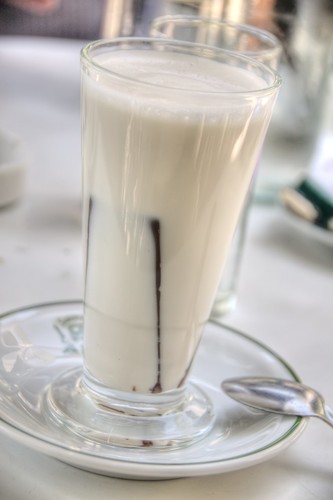
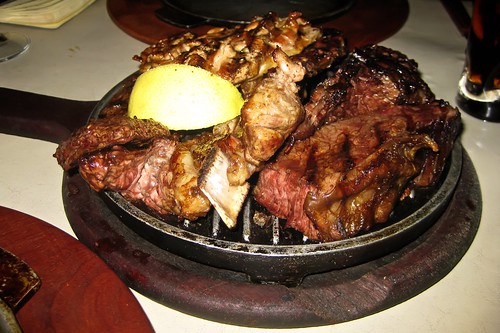

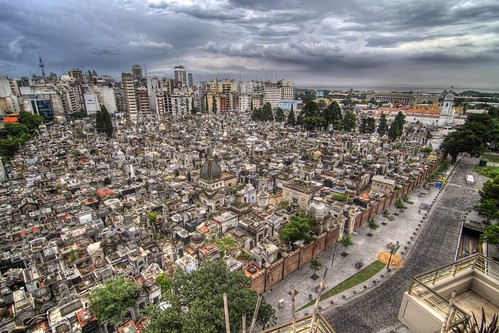
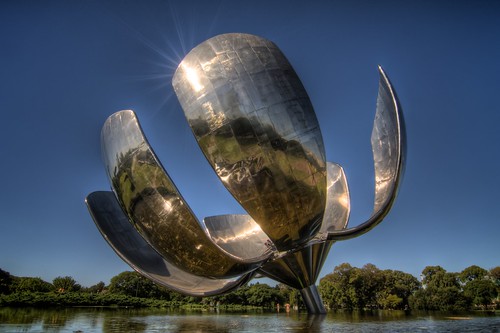

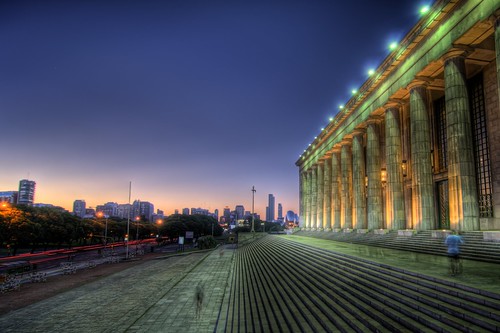
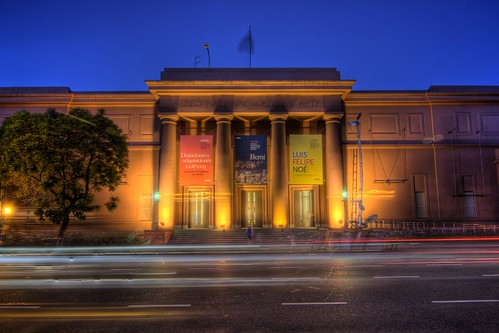
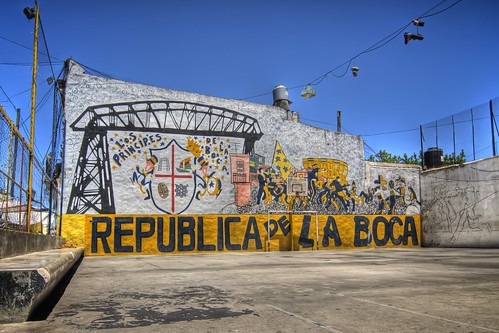
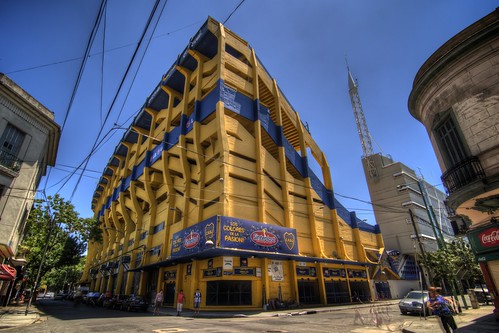
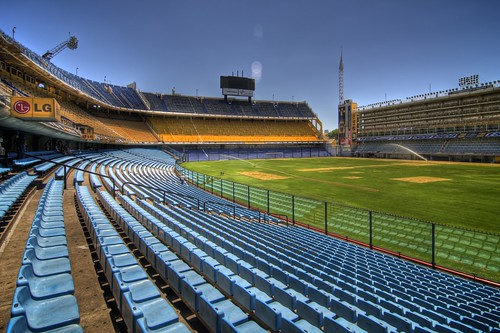
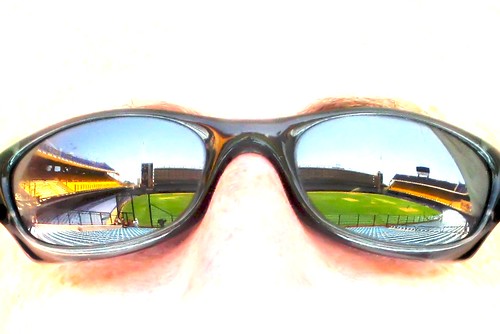



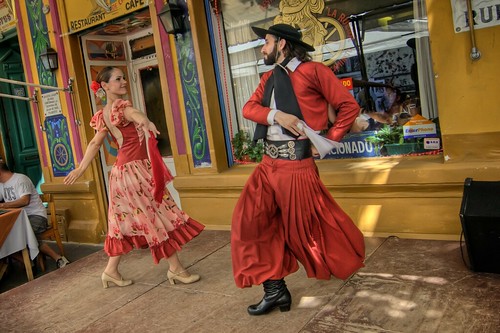
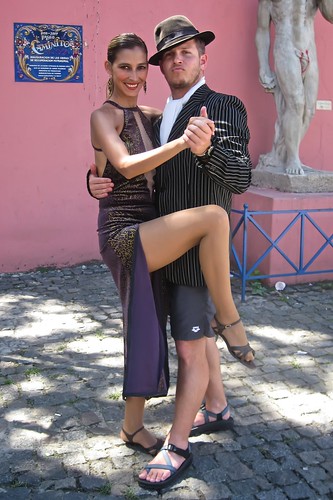

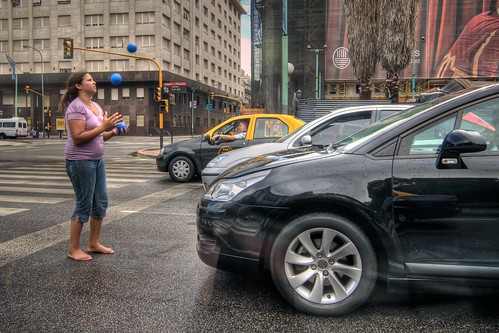
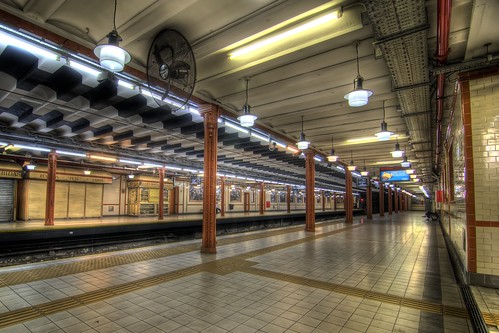
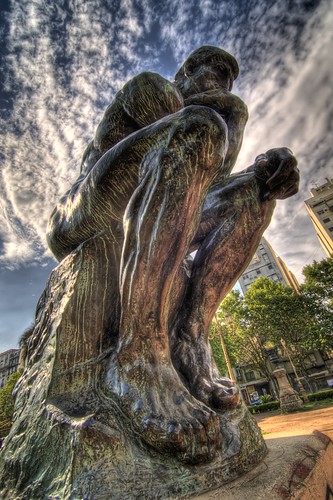

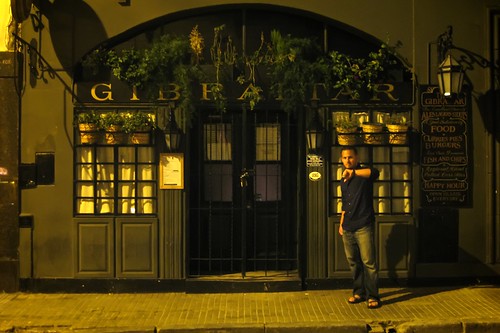
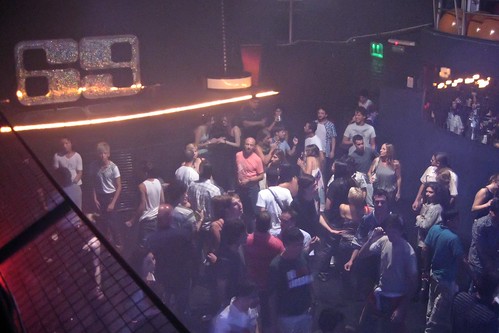
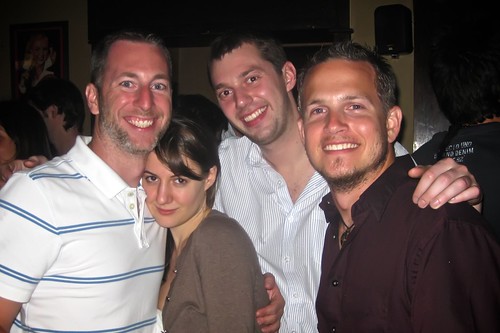
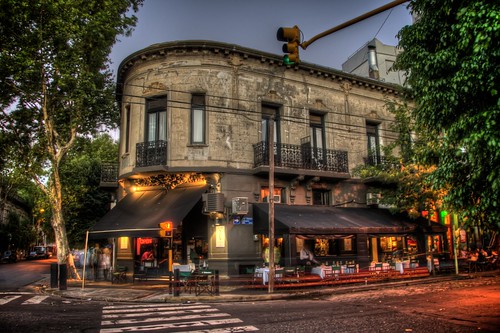

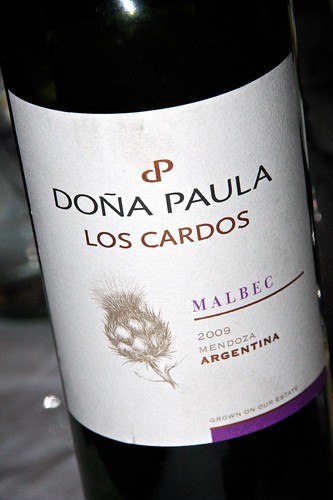
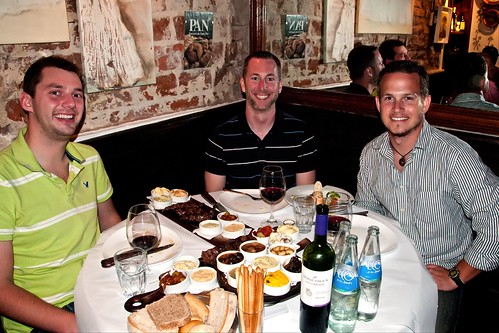
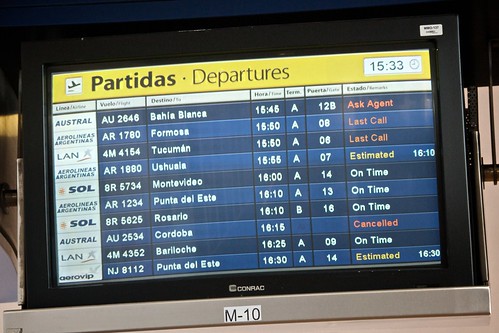
 My name is Jeff. I'm a
My name is Jeff. I'm a
One Response to “A Few Days in Buenos Aires”
June 7th, 2013 at 2:40 am
Shocker of a review. Clearly struggled to find the true B.A. Makes it seem like the city is full of brothels. A great city for nightlife